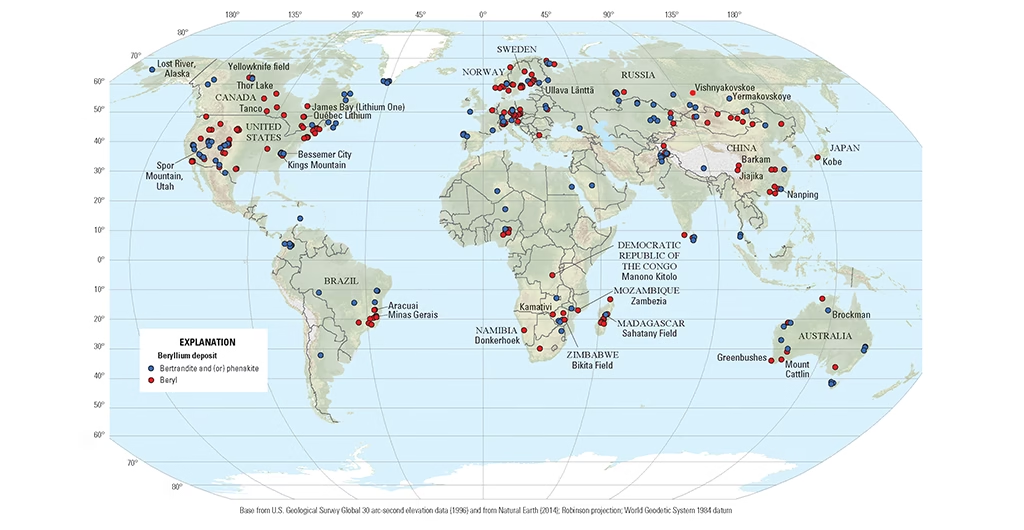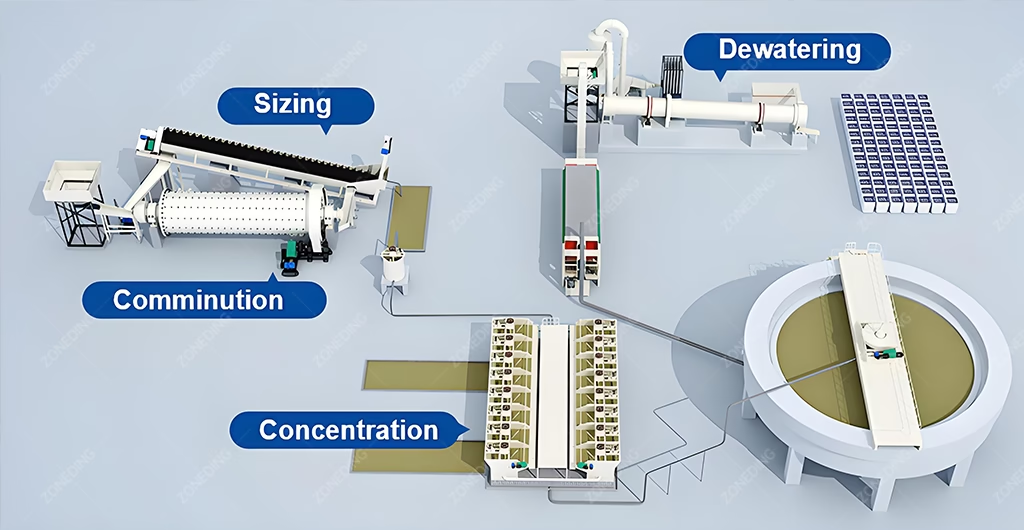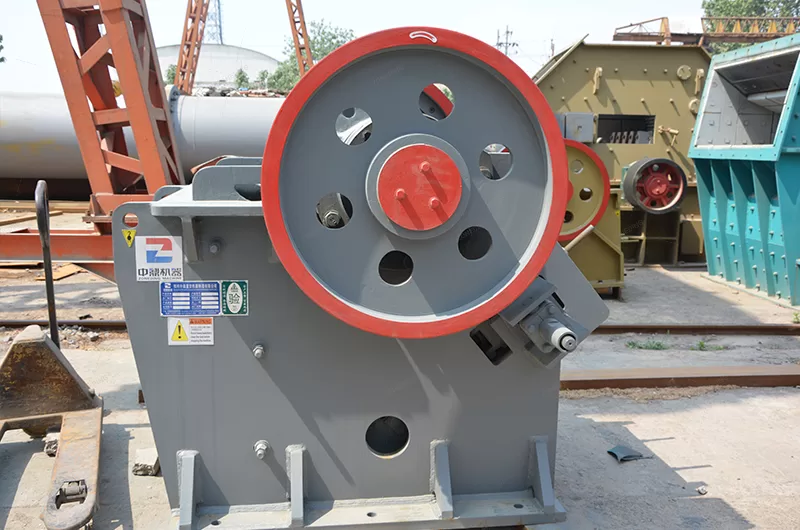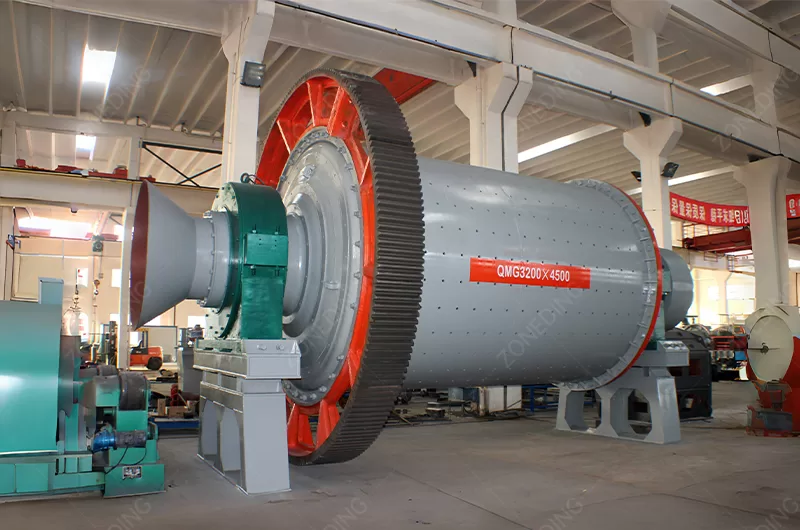全站搜索
Search the entire website
Search the entire website
Beryl is one of those minerals. Most people know it from its famous family members, like the brilliant green Emerald and the sea-blue Aquamarine. These are beautiful gemstones. But for us, Beryl is much more than just a pretty stone. It is also the main source of a critical industrial metal: beryllium. This dual identity makes Beryl fascinating. It is a star in both the jewelry store and the aerospace factory. In this guide, we will share our hands-on knowledge of what is Beryl, its properties, and how it gets from a rough stone in a mine to a valuable final product.
So, what is Beryl exactly? It is a mineral that belongs to a group called cyclosilicates. It forms beautiful, often large, six-sided crystals deep within the earth’s crust. Its true value, however, comes from its perfect and often colorful crystal formations.

A Beryl mineral is fundamentally a beryllium aluminum cyclosilicate. That is a technical way of saying it is from beryllium, aluminum, silicon, and oxygen arranged in a specific crystal structure. A perfectly pure Beryl crystal is actually colorless. All of the amazing colors we see in gemstones like Emerald and Aquamarine come from tiny amounts of other elements inside the crystal as it grew millions of years ago.
In its raw, natural form, Beryl typically looks like a six-sided column or prism. The crystal shape is very distinct. These crystals can be very small, or they can be massive, sometimes weighing several hundred pounds. Their color can vary a lot depending on the impurities. They can be milky white, pale green, yellow, pink, or light blue stones embedded in other rocks like granite. The most valuable pieces are those that are transparent with a deep, rich color.
The structure of Beryl is what gives it its classic six-sided shape. At a molecular level, its silicon and oxygen atoms link together to form rings. This strong, stable, repeating pattern is what we call a hexagonal crystal system. This internal structure is also responsible for many of Beryl’s key properties, like its hardness and the way it breaks.
The chemical formula for Beryl is Be₃Al₂(SiO₃)₆. Let’s break that down into its main ingredients:
The color of a Beryl gemstone comes from trace elements. A tiny bit of chromium or vanadium makes Beryl green, creating Emerald. A small amount of iron makes it blue or greenish-blue, creating Aquamarine. Manganese is what gives Morganite its beautiful pink color.
When we evaluate a mineral for processing or for gem quality, we look at several key Beryl properties. These tell us how it will behave in our machines and how it will look as a polished stone.
The Beryl family is full of famous members. The different types of Beryl gems:
The Beryl uses includes two very different worlds: the world of high fashion and the world of high technology.
The main industrial use of Beryl is as the primary ore for the metal Beryllium. Beryllium is a remarkable material. It is as strong as steel but as light as aluminum. It also has a very high melting point and is an excellent conductor of heat. Because of these unique properties, the industrial uses of Beryllium are critical in several advanced industries:
This is the application most people know. For thousands of years, the colorful, transparent varieties of Beryl have been cut and polished into gemstones. Emerald and Aquamarine are two of the most popular colored gemstones in the world. Their hardness makes them perfect for all types of jewelry, including rings, necklaces, and earrings, as they can withstand daily wear.
Beryl is in igneous and metamorphic rocks, specifically in granite pegmatites. Significant commercial deposits are in several countries around the world.

Getting the small Beryl crystals out of tons of hard rock is a complex job. This is where our expertise at ZONEDING comes in. The process of Beryl processing from raw stone involves several key stages to liberate the Beryl and concentrate it.

To build a complete Beryl processing plant, you need a lineup of tough, reliable machinery. Each piece performs a specific job in the process we just described.



A typical plant would include:
Choosing a partner to build your processing plant is a huge decision. You need more than just a machine seller; you need an engineering partner.
This is a common question, and the answer is that the cost of a complete beryl processing plant can range widely, from around $150,000 for a small-scale pilot operation to over $2,000,000 for a large, high-capacity industrial plant. A processing plant is a custom project, not an off-the-shelf product.
The final price depends on these key factors:
As a factory-direct manufacturer, ZONEDING works with you to design a plant that fits your budget. The best way to get a real number is to contact us with the details of your project.
Beryl is a truly exceptional mineral, valuable in both its raw and refined forms. From the industrial might of beryllium to the timeless beauty of an emerald ring, it all begins with processing the stone efficiently. Understanding the properties of Beryl is key to unlocking its full potential.
At ZONEDING, we are passionate about providing the robust and reliable equipment needed for this process. We offer a one-stop solution, from initial ore testing and plant design to manufacturing, installation, and long-term support. If you are looking to build a Beryl processing plant, our team of experienced engineers is ready to help you design a solution that maximizes your efficiency and profitability.
Contact us today to discuss your project and get a customized solution.
Are you looking for a more flexible and cost-effective way to process rock, ore, or construction waste? A mobile crusher could be the perfect solution. Instead of hauling materials to a fixed machine, a mobile crushing plant brings the processing...
View detailsChoosing the right crushing equipment is one of the most important decisions you make for your mining or aggregate production project. As a manufacturer of crushing equipment for over 30 years, I know that getting this step right sets the stage f...
View detailsChoosing the right primary crusher is the most important decision you will make for your quarry or mine. At ZONEDING, we have been manufacturing mining machinery since 1990, and we know this first step sets the stage for your entire operation's e...
View detailsThe performance of your entire crushing plant hinges on one simple principle: consistent and controlled feeding. A primary crusher that is alternately for rock and then suddenly slug-fed with a massive, un-screened load is an inefficient one. Thi...
View details